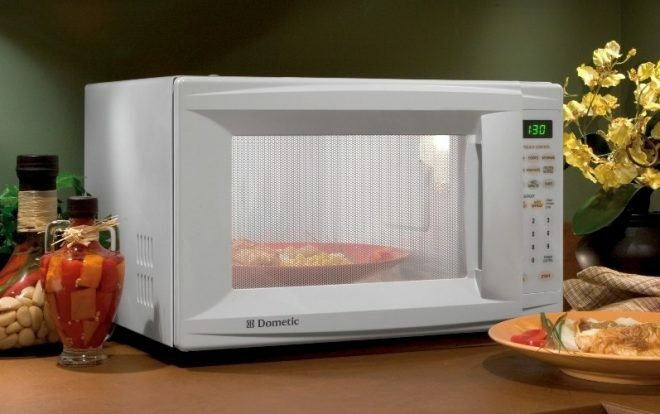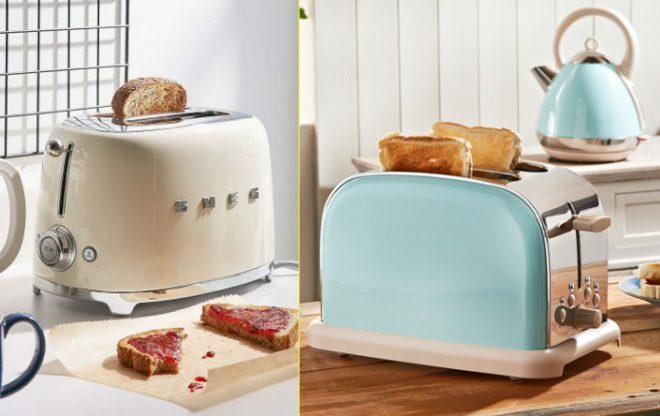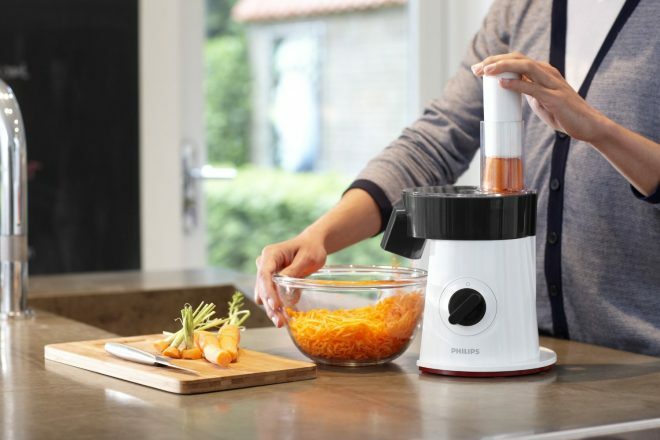Content
- 1 Ways to clean the oven
-
2 Hydrolysis cleaning function
- 2.1 How to use hydrolysis cleaning
- 2.2 Advantages and disadvantages
- 3 Conclusion
Modern technology is designed to simplify the life of people and to do so, so that life looks more like pleasant chores. This is especially true for housewives who use appliances every day. Modern ovens can self-clean in various ways, for example, by hydrolysis. I will tell you what is hydrolysis cleaning oven.
 Hydrolytic function in action
Hydrolytic function in actionWays to clean the oven
Hydrolytic cleaning of the oven is a method of getting rid of dirt on the inner surface of the oven with steam and relatively high temperature - +80 ° C... +90 ° C. But this technology is not the only way to self-clean the oven.
Modern ovens can be equipped with various self-cleaning features:
| A photo | Description |
 |
Method 1. Hydrolytic The vapor generated by the evaporation of a liquid in a special container, settles on the surface and allows fat molecules to lag behind enamel. |
 |
Method 2 Pyrolytic Purification occurs by heating to extreme temperatures - up to +500 ° C, as a result of which the leftover food literally turns into ashes, which is easy to clean. |
 |
Method 3. Catalytic cleaning Based on the decomposition reaction of fat molecules in contact with the inner surface of the oven. Special catalytic panels have a special coating that “repels” pollution, simplifying the cleaning process. |
Hydrolysis cleaning function
But, as shown by sales statistics, the technique with the function of hydrolysis is in particular demand from the consumer. Why? Let's figure it out.
How to use hydrolysis cleaning
Absolutely everyone can cope with this cleaning system of the oven, even if they practically have no skills to use kitchen appliances. But still, different models from different manufacturers have their own characteristics for use, so the instructions for the equipment are required for reading.
 At the time of cleaning, the temperature inside reaches 500 degrees
At the time of cleaning, the temperature inside reaches 500 degreesSteam oven cleaning is more of a semi-automatic function and greatly simplifies the cleaning process. This explains the presence of such a function even in inexpensive models of ovens.
Phased purification process hydrolysis method:
| A photo | Instruction |
 |
Step 1. Program selection The steam treatment function is usually called AquaClean (there is AquaSmart technology) and is accompanied by a corresponding icon.
|
 |
Step 2. Adding water Directly, the cleaning itself takes place by evaporation of the liquid, which must first be poured:
|
 |
Step 3. Final stage When the technician finishes the cleaning process, it is necessary to open the door so that the inner surface is slightly cooled. And after that you can proceed to the removal of softened fat and dirt. |
Hydrolysis is in gas and electric ovens, in contrast to the cleaning system using high temperature (pyrolysis).
 Photos before and after cleaning
Photos before and after cleaningSuch a procedure is carried out ideally after each cooking process in the cabinet. Many models of the middle and premium segment have several modes of hydrolysis.
Usually, this is a fast steam treatment and a full thirty minute cycle. The latter is best used about once every 1-2 months.
Advantages and disadvantages
Steam oven cleaning is used in many modern models of kitchen ovens, however, this useful feature also has its advantages and disadvantages:
| Benefits | disadvantages |
|
Price The presence of such a useful system does not affect the cost of technology. The function of hydrolysis is present in premium kitchen cabinets, as well as in ovens with a quite affordable price. |
Non-autonomous process Hydrolysis can hardly be called self-purification from pollution, since after that it will still have to work with your own hands and remove malleable fat from the walls with a cloth or sponge. |
|
Efficiency The time costs are minimal (15–40 minutes), especially when compared with pyrolytic cleaning, which can reach three hours. Time, in this case, is equivalent to energy: electricity and gas are consumed normally. |
Cleaning Parts Additional items are washed by hand. Grates and baking tray can not be cleaned in this way. |
|
Simplicity For light contamination, a single steam treatment is sufficient, and more persistent traces of fat can be eliminated with the addition of a cleaning agent. The process is clear even to those who are far from technology. |
Not able to remove old fat Such a cleaning system is not able to remove old burned fat in one cycle. You have to either cope with the problem in several cycles, or delete it manually. |
|
Gentle effect on the surface + 50... +90 ° C is not so high temperature, which can somehow affect the wear of the inner surface of the cabinet, and it is unlikely that it will seriously get burned if you accidentally touch the door. |
 Removable elements of the oven still have to be cleaned with your own hands
Removable elements of the oven still have to be cleaned with your own handsThe enamel of the oven with this function is extremely durable and can withstand frequent exposure to acids and detergents, unlike the gentle enamel of a catalytic cleaning system.
Conclusion
The popularity of ovens with the function of hydrolysis is fully justified and this option can be considered optimal in the ratio "price / quality". A similar function is found in the budget ovens, and in the top models of well-known brands of home appliances.
In the presented video in this article you will find additional information on this topic. If you have questions - I will answer them in the comments.
Do not miss the most important:
Once a week we send the most interesting material that you have not yet seen
We already read 32 500 people. Join us!


